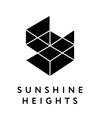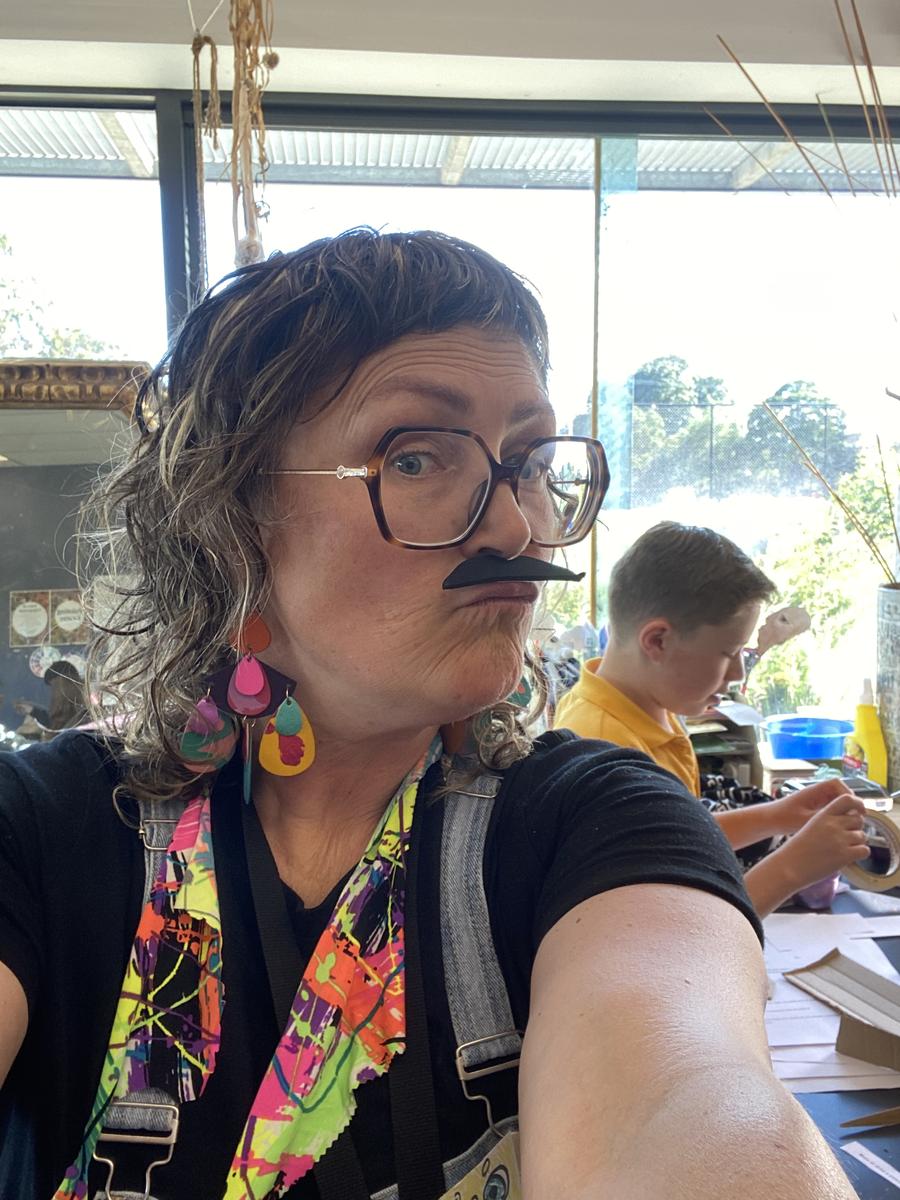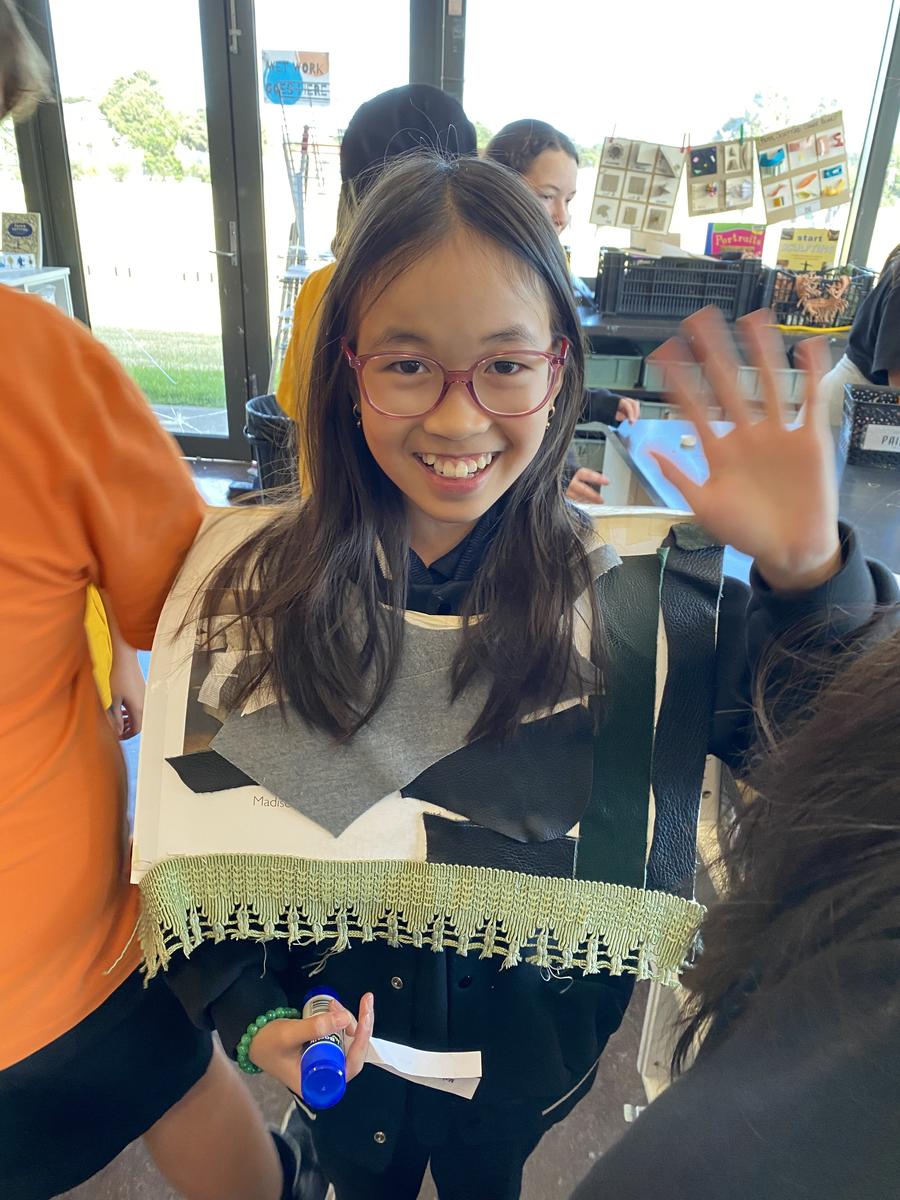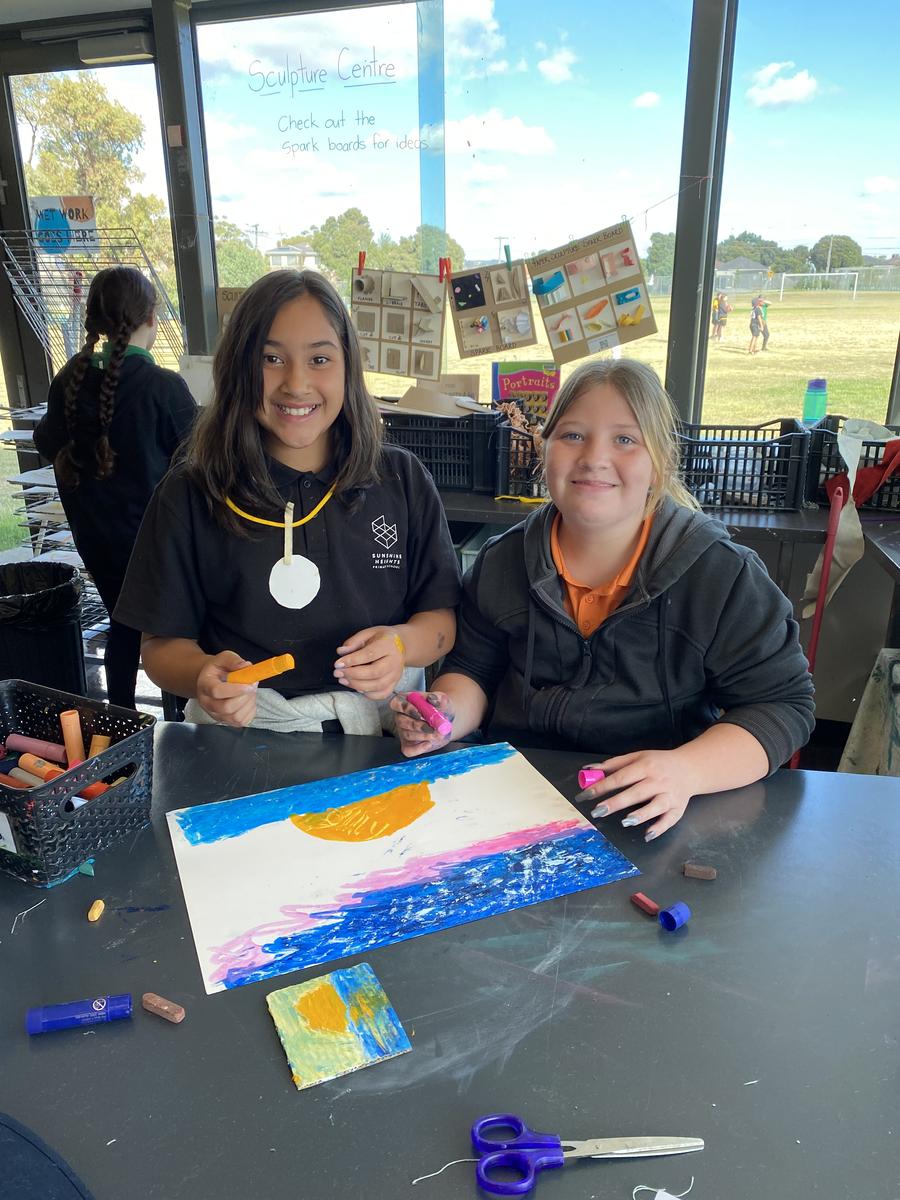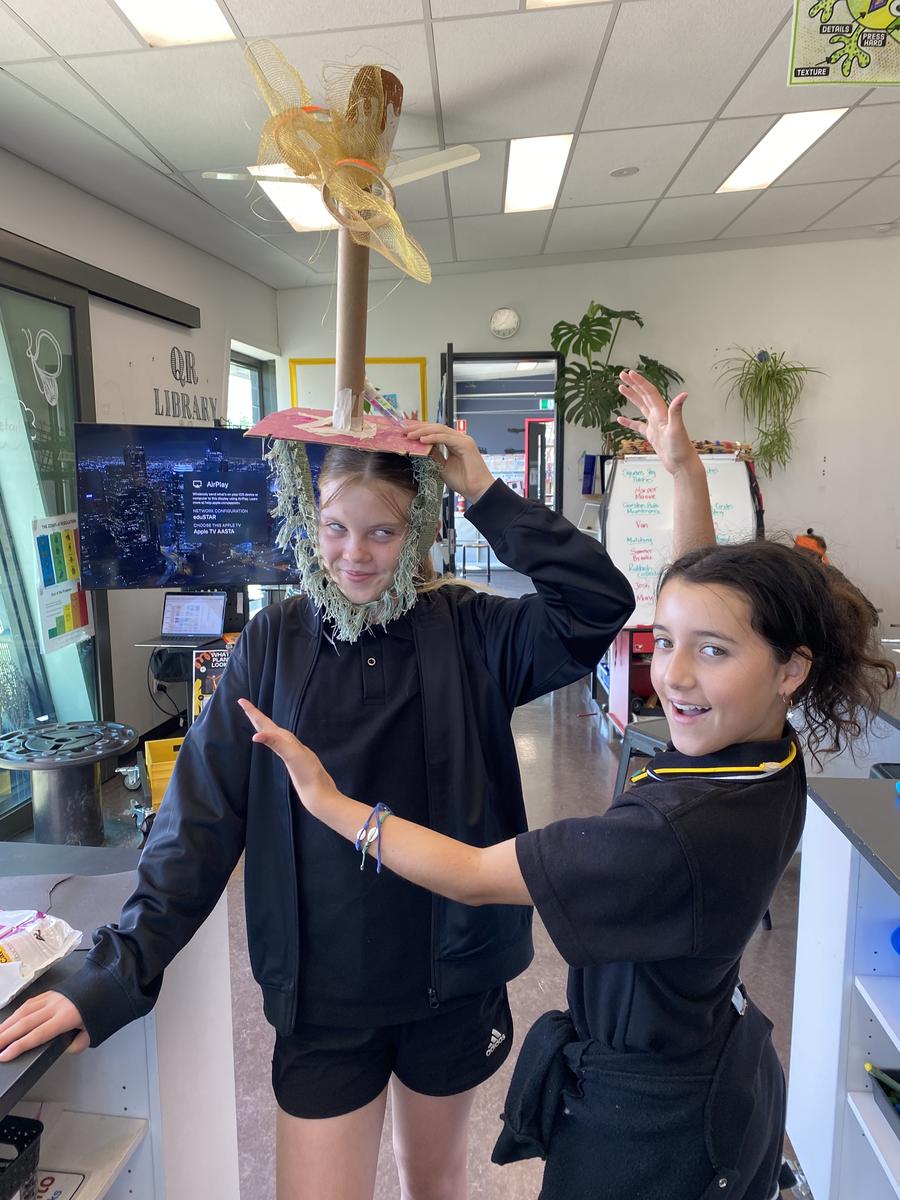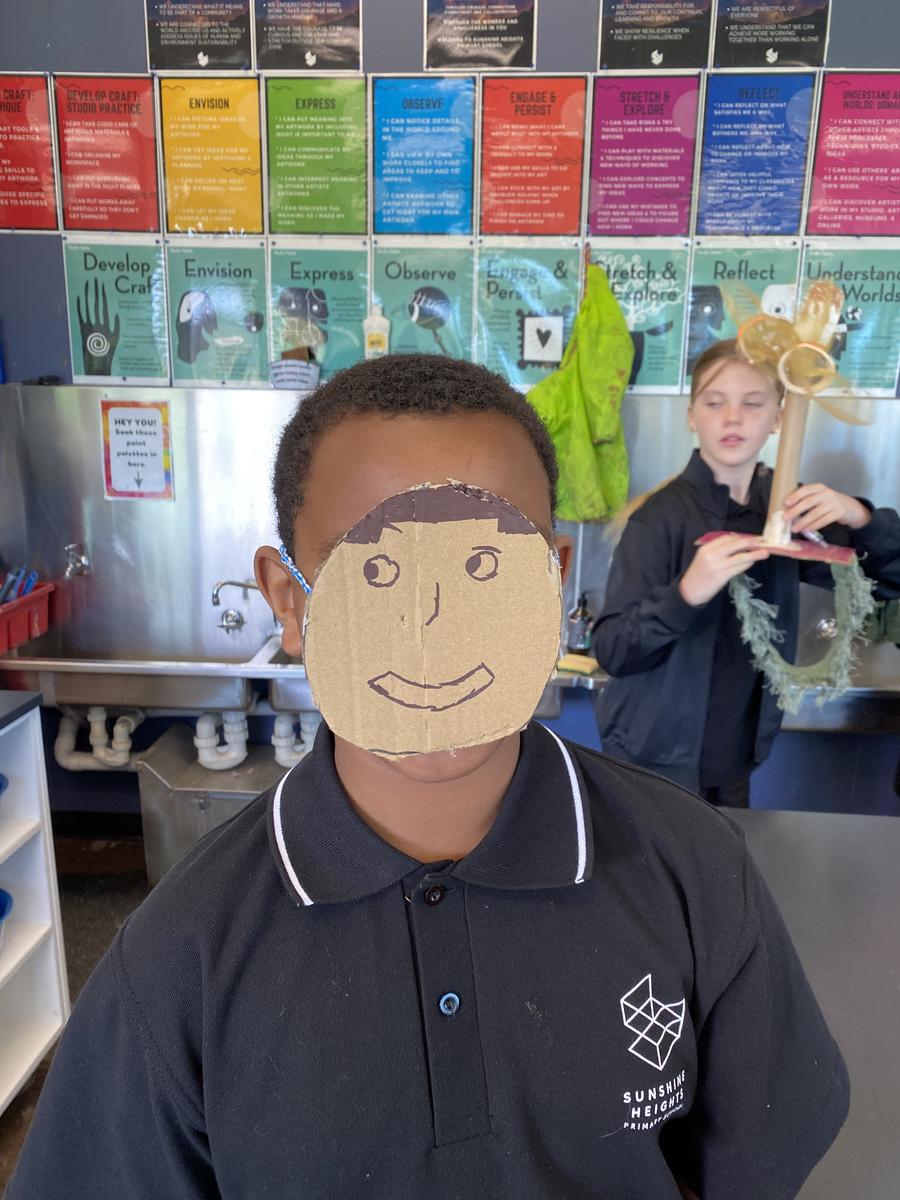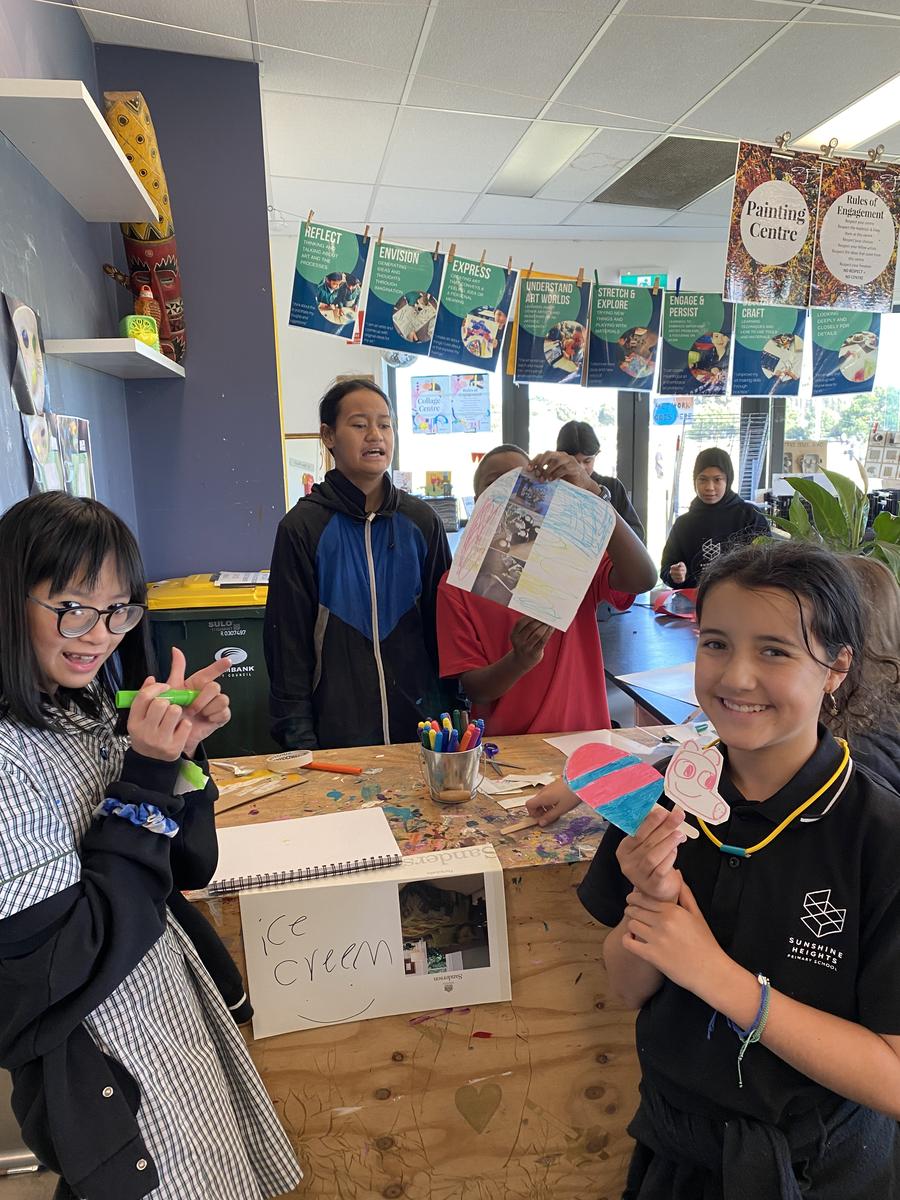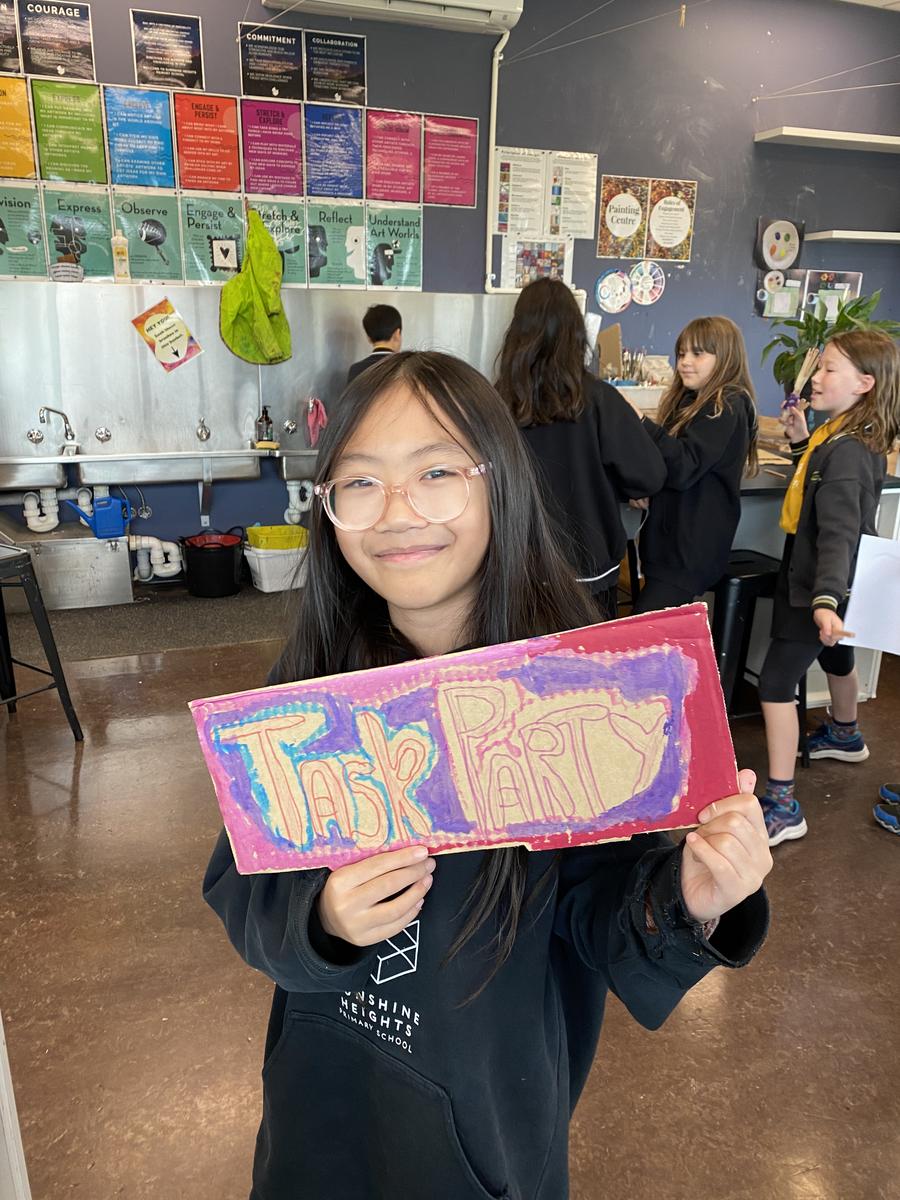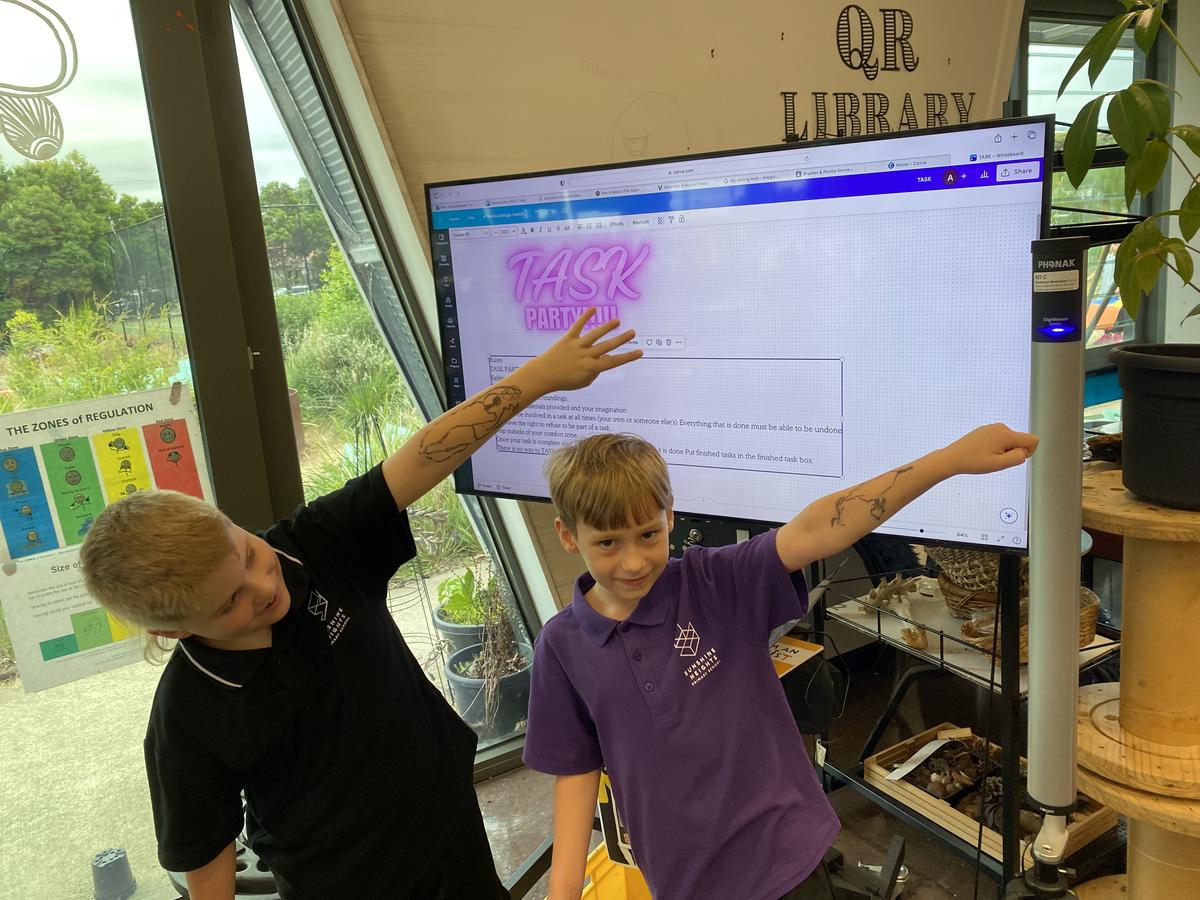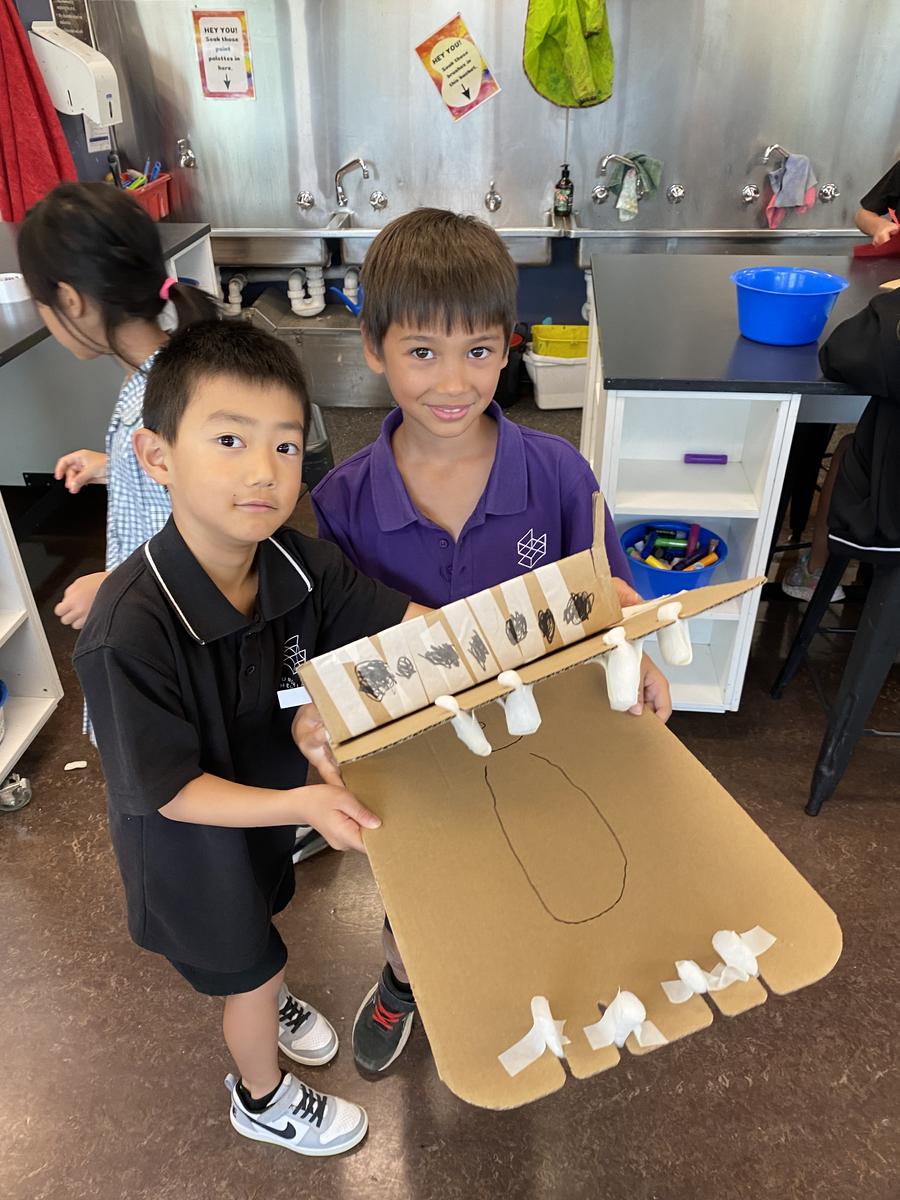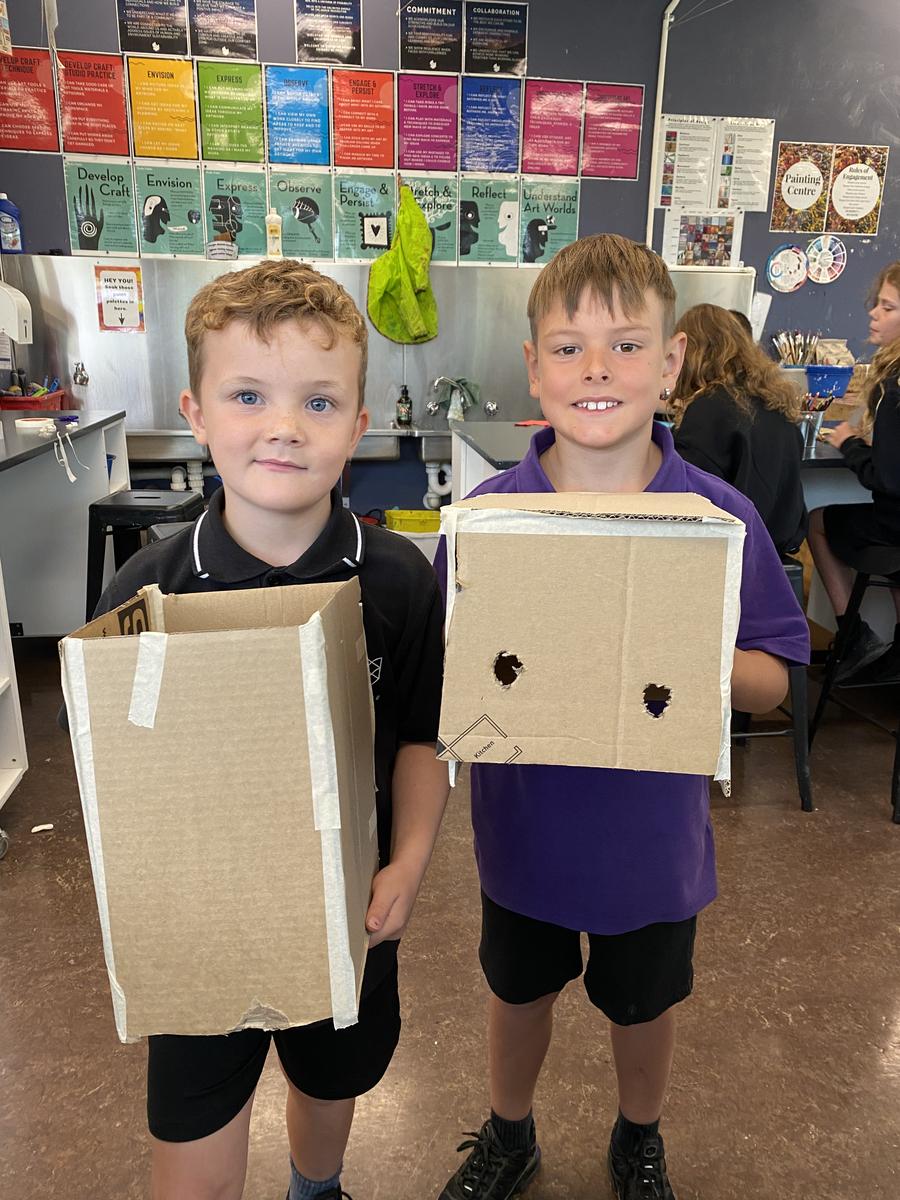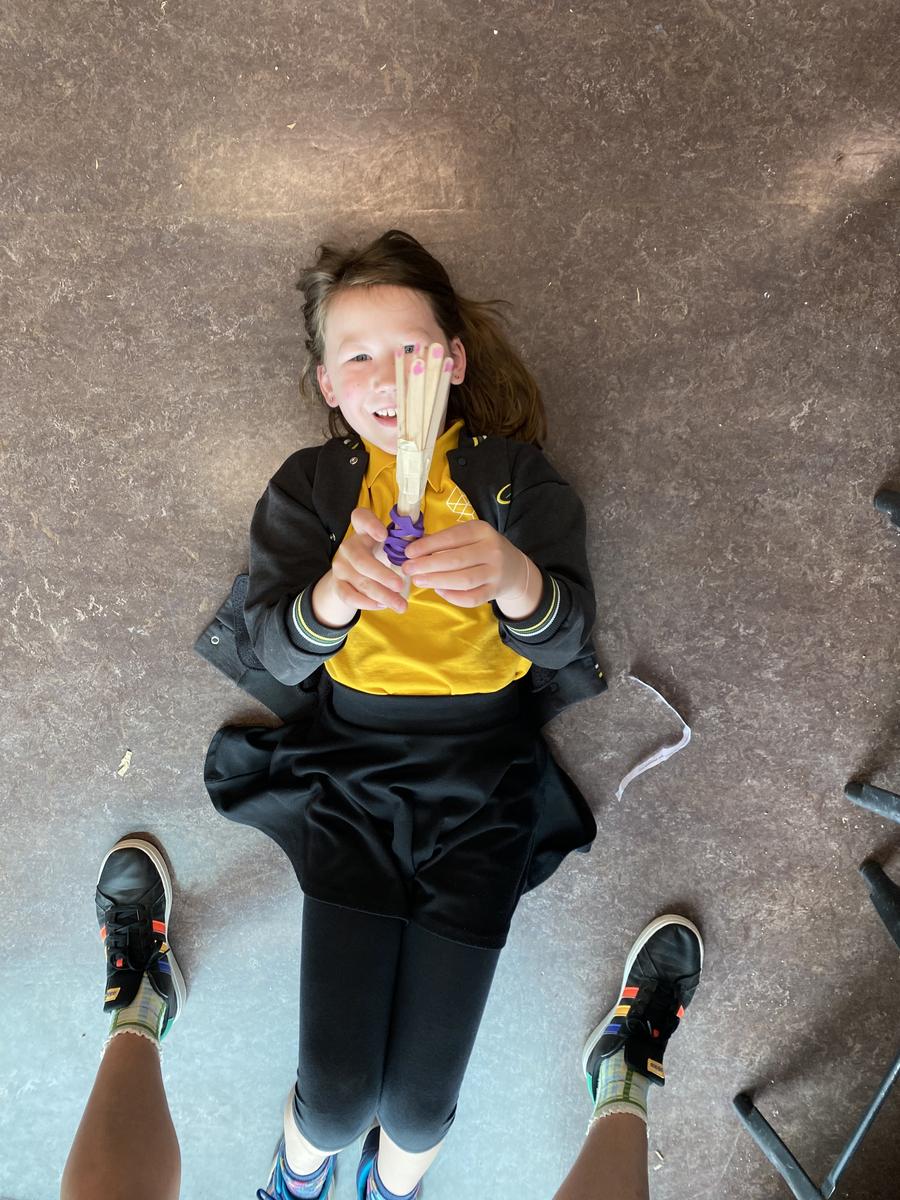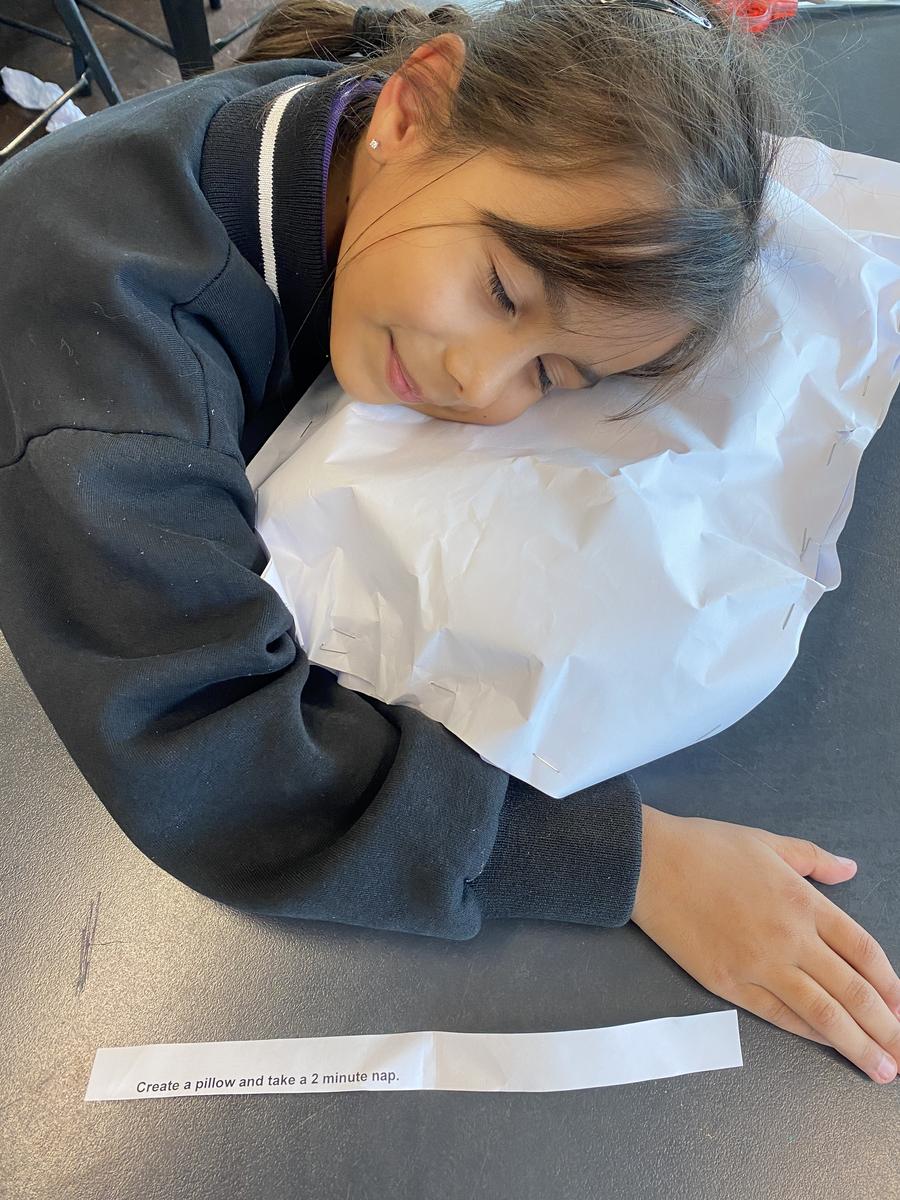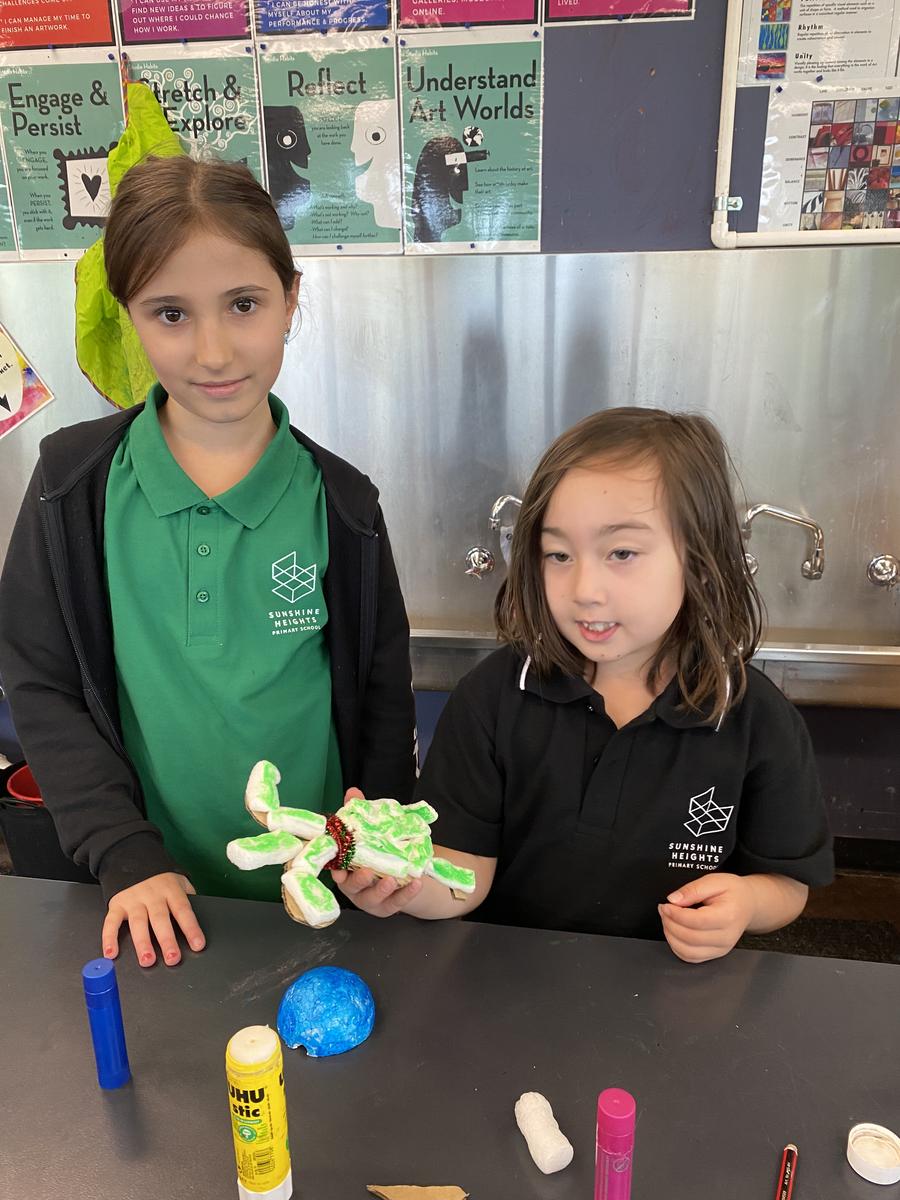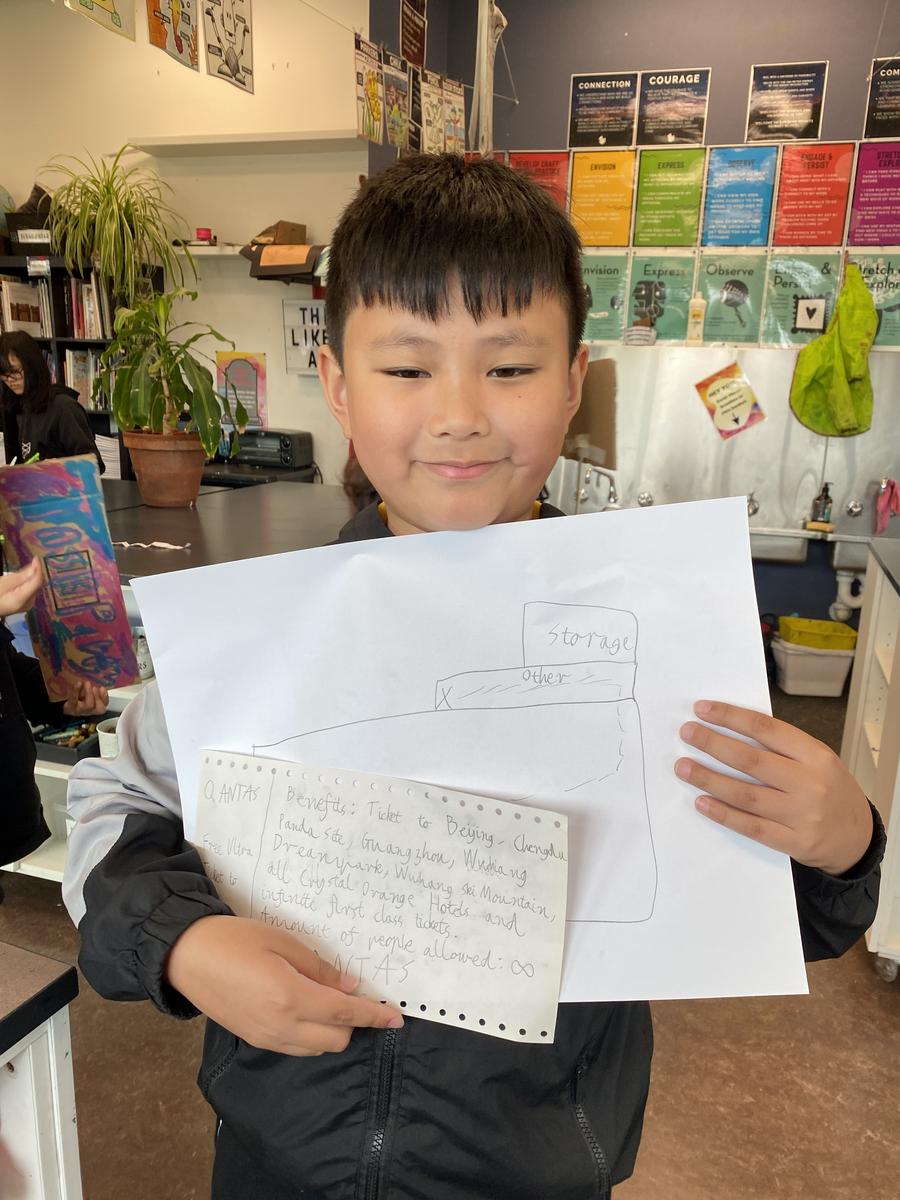Visual Arts Term 1
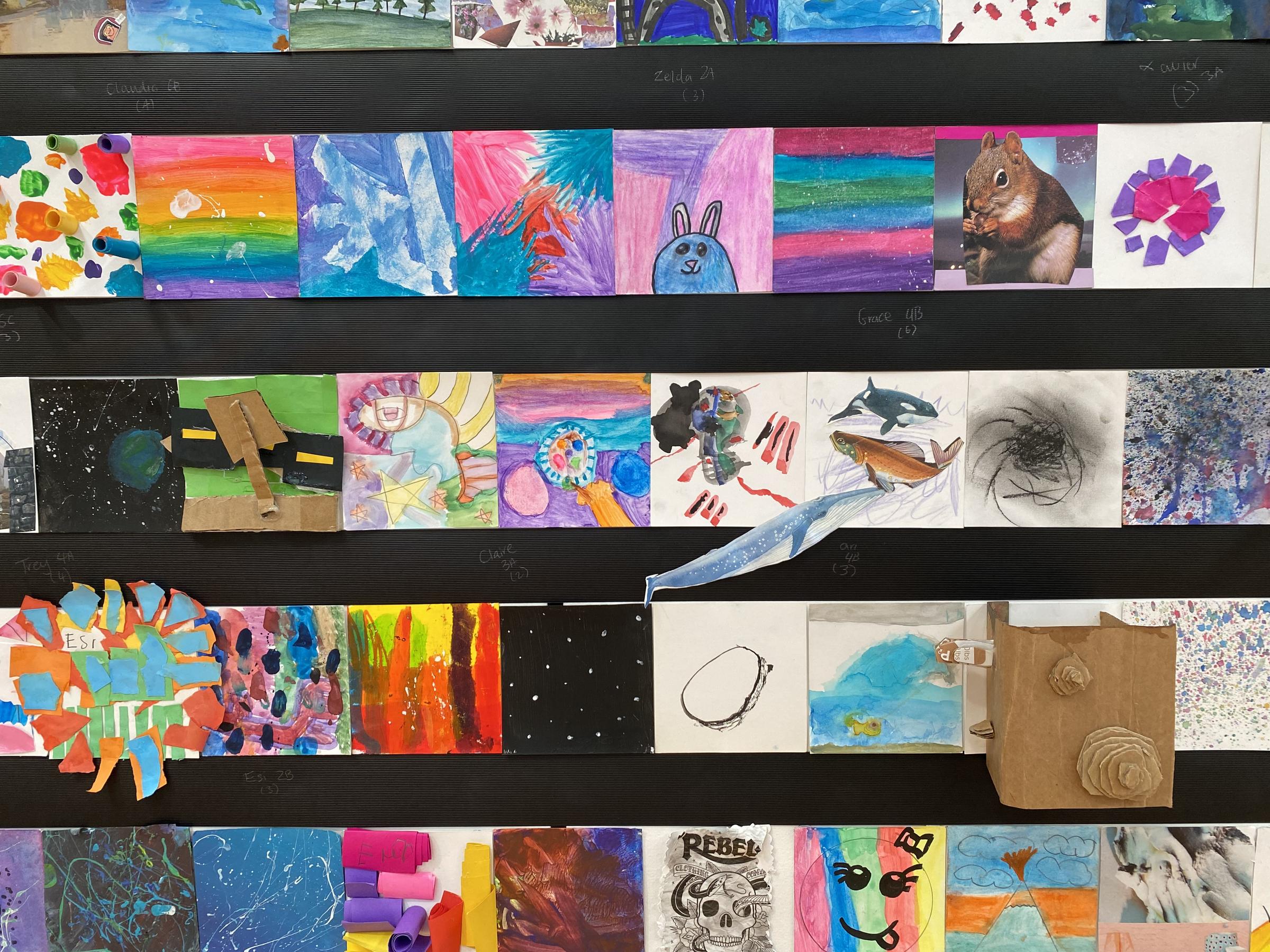
Prep
In Art this year we continue to embrace a choice-based program. Choice-based Art education allows studentsto choose topics and materials for exploration, provides relevant and brief instruction, and covers a broad range oftopics in Art history, techniques and materials. The results are a collaborative learning environment, increased motivation to learn, and the development of artistic behaviour, such as problem-solving and decision making abilities.
The Art room has ‘Art Centres’. Each centre is filled with organised and labelled supplies relating to that centre. Thesesupplies are available to all children to use. The same standards (art content, skills etc.) as traditional Art education areembedded in each centre. Some traditional lessons and specialised, temporary centres enhance the curriculum. Thestudents will experience concepts and materials many times, thereby reinforcing understanding and building skills.
When working in the centres, the students will make real choices and be engaged in their work. In Prep we will be exploring many of the ‘Art Centres’ through process art sessions. Process art is all about the experience the children have while they’re creating. If it has a nice end product, that’s great, but the end product isn’tthe focus of process art. The children will experiment with cutting, sticking, gluing, bending, stapling, mixing, painting...Sometimes we turn our process into an art piece, but often we don’t worry about the outcome and just enjoy the experience of making and discovering.
Grade 1-6
This term, our artists are engaging in a series of innovative 'Task Parties' to foster a vibrant artistic culture and build a strong sense of community within our art space. These gatherings serve as a dual-purpose initiative, not only assisting in familiarising artists with the layout of the studio and the location of materials but also providing a platform for creative experimentation with a diverse array of art materials and equipment.
The concept behind the task parties is refreshingly straightforward: students randomly select a task from a box, challenging them to think creatively and approach their work with a unique perspective. The tasks are deliberately designed to steer away from simplicity, encouraging artistic exploration and imaginative problem-solving. This creative endeavour finds its roots in the concept introduced by Oliver Herring. After several weeks of engaging in these task parties, the students will be well-prepared to embark on the planning and execution of their initial artworks, fostering an environment that nurtures both individual artistic growth and collaborative camaraderie.
Just a few shots from the start of the Task Parties!
Any questions please pop by or feel free to contact me:
aasta.dearnaley@education.vic.gov.au
